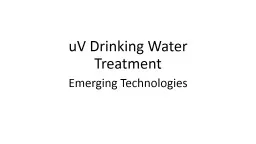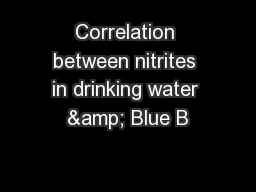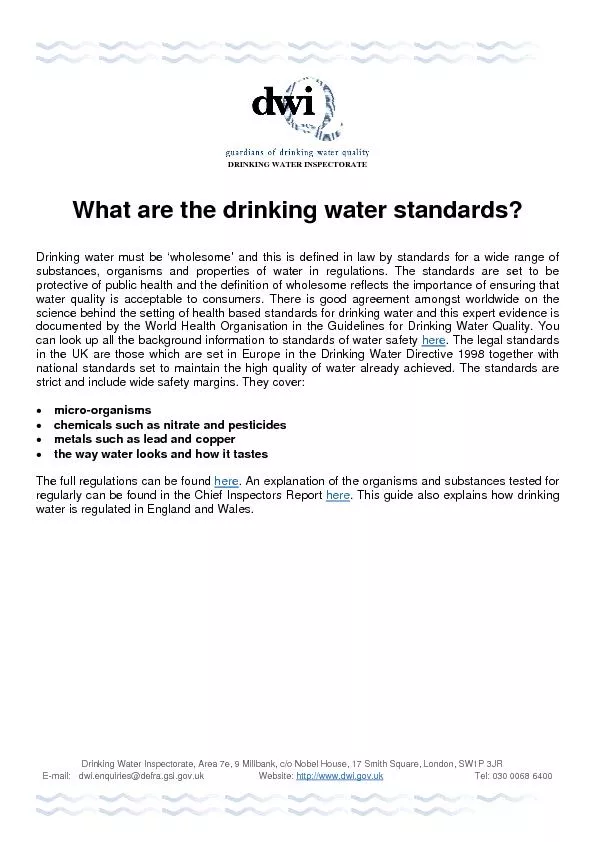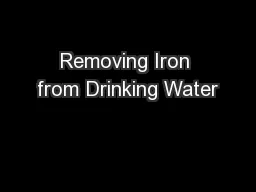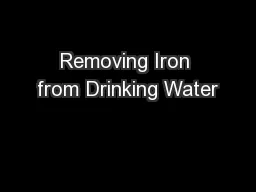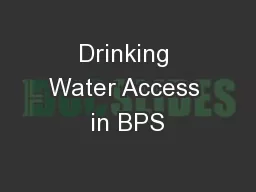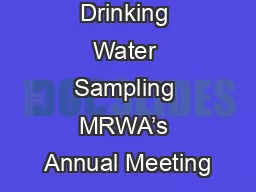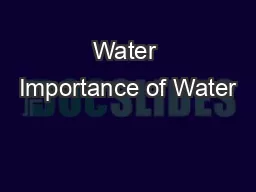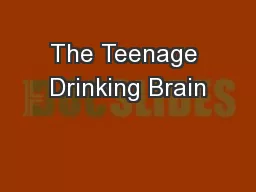PPT-uV Drinking Water Treatment
Author : luanne-stotts | Published Date : 2016-04-26
Emerging Technologies NSFANSI Standard 55 Evaluation of Microbiological Reduction Performance Capability Low Pressure uV Lamps 254nm Wavelength Performance Equated
Presentation Embed Code
Download Presentation
Download Presentation The PPT/PDF document "uV Drinking Water Treatment" is the property of its rightful owner. Permission is granted to download and print the materials on this website for personal, non-commercial use only, and to display it on your personal computer provided you do not modify the materials and that you retain all copyright notices contained in the materials. By downloading content from our website, you accept the terms of this agreement.
uV Drinking Water Treatment: Transcript
Download Rules Of Document
"uV Drinking Water Treatment"The content belongs to its owner. You may download and print it for personal use, without modification, and keep all copyright notices. By downloading, you agree to these terms.
Related Documents

